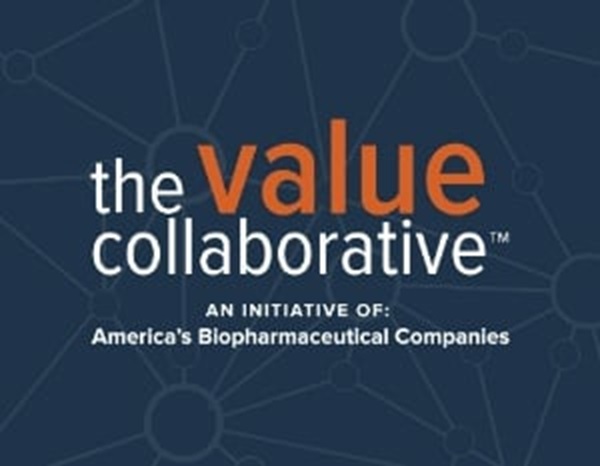As part of the broader shift away from paying for volume to paying for value in health care, payors are increasingly pursuing value-based or results-based contracts with biopharmaceutical companies. These innovative payment arrangements can help deliver savings for patients, private payors and the government in addition to the potential for better clinical outcomes. Recent, long-awaited final guidance from the U.S. Food and Drug Administration provides much-needed clarity in engaging in the communications that facilitate these arrangements.
We have often spoken of three key regulatory obstacles to greater adoption of value-based arrangements between biopharmaceutical companies and payors. These impediments included the following:
- The federal Anti-Kickback Statute is broadly written and, while intended to deter health care fraud, may also thwart beneficial, innovative value-based contracting.
- Dated and complex Medicaid price-reporting rules for calculating “best price” do not accurately capture the innovative value-based contracting methods and pose obstacles to such arrangements.
- Lack of clarity in FDA regulations and policy regarding biopharmaceutical company communications present obstacles to communicating health care economic information critical to negotiating value-based arrangements.
Thanks to the two final FDA guidance documents issued this week, only two barriers now remain.
The first guidance, “Drug and Device Manufacturer Communications with Payors, Formulary Committees, and Similar Entities—Questions and Answers,” sets forth FDA’s interpretation of the existing statutory framework permitting the communication of certain health care economic information between companies and payors. The final guidance also addresses what type of information companies may communicate about unapproved products or unapproved uses of approved products. As FDA Commissioner Scott Gottlieb rightly recognized, these policies may help facilitate value-based contracting, which, in turn, may result in costs savings and increased access:
“The goal is to advance public health benefits such as increased cost savings from informed and appropriate coverage and reimbursement decisions. In this way, we can help ensure patients have more timely access to cutting-edge medical technologies. We can facilitate access by helping to reduce the overall cost of providing these benefits to patients. And in promoting access, we will advance important public health goals.”
The second guidance, “Medical Product Communications That Are Consistent With the FDA-Required Labeling,” provides clarity on when manufacturers may communicate information that is consistent with, but not included in, the FDA-required labeling. Such information is often critical to payors and other entities in making coverage and formulary determinations for medicines. As Commissioner Gottlieb noted in a press release accompanying the final guidance:
“Sometimes payors also want this information to inform purchase decisions, or to serve as the basis for value-based contracts where reimbursement may hinge on measures of benefit that aren’t expressly described in the drug’s label.”
The two guidance documents helpfully provide clarity on how biopharmaceutical firms may communicate certain information, including health care economic information, consistent with FDA regulations. Critically, the final guidance documents address one of the three key barriers to value-based contracting.
It’s time for the Centers for Medicare & Medicaid Services and the Office of Inspector General to follow suit and allow these important arrangements to flourish. Learn more at http://www.phrma.org/value-collaborative.





